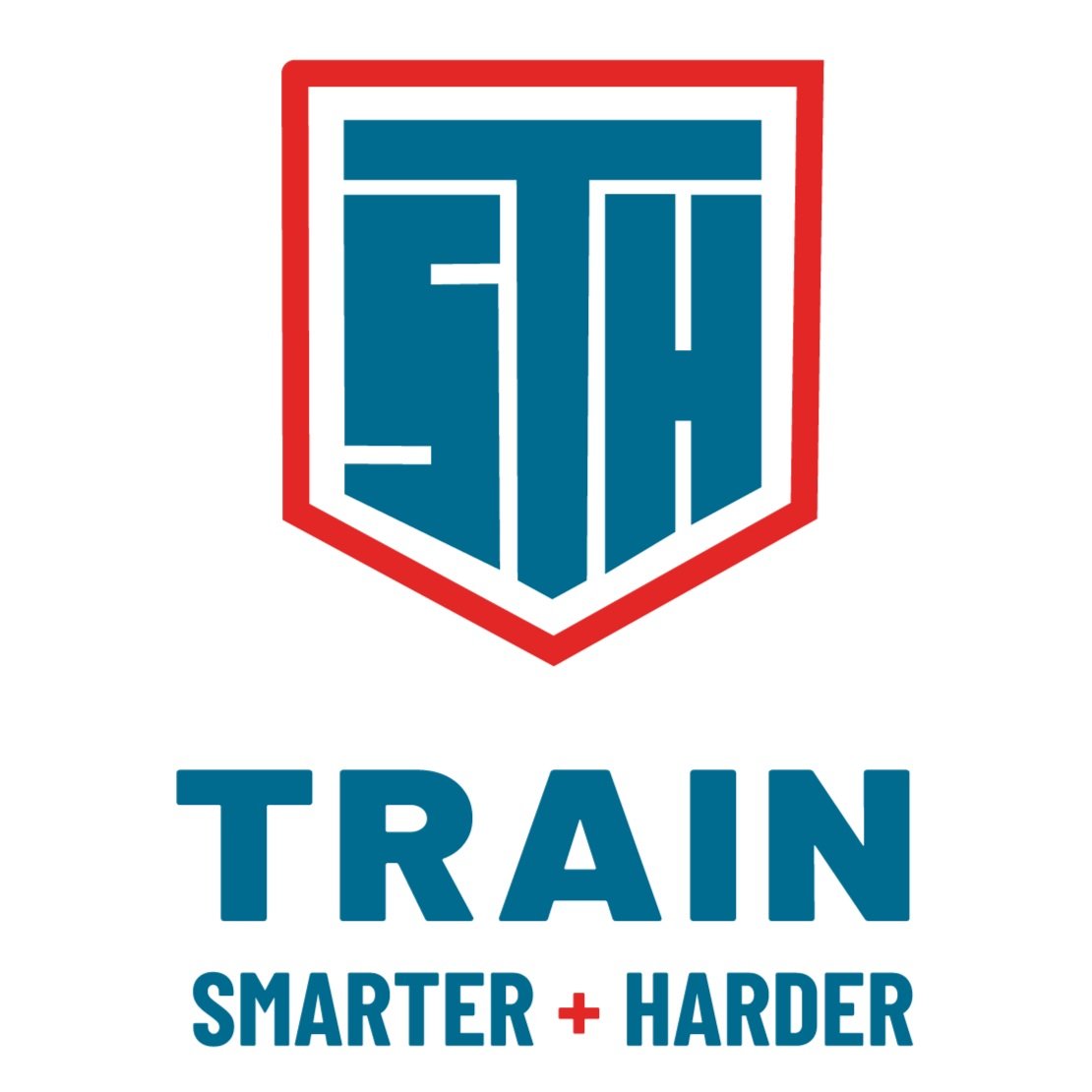
Long-Term Athletic Development
“When and how should my athlete train?”
The most common question we get from parents of young athletes.
As a parent of a young athlete ourselves, we understand the desire to support your child in getting active, finding sport(s) they enjoy and excel at, and maybe leverage that sport(s) to be awarded a scholarship or opportunity to play professionally.
For any of these things to happen, your athlete needs to:
Develop unshakeable confidence in their physical abilities.
Learn, practice, and master fundamental movement skills: running, jumping, throwing, catching, etc. These become the foundation for sport-specific skills.
Develop a broad range of physical abilities, which can only be achieved by having your athlete play multiple sports. Playing multiple sports also reduces overuse injuries in young athletes since different sports require different movement patterns.
Fall in love with activity and sports, which helps prevent burnout. This often requires you (the parent) to ensure your athlete has a true off-season and doesn’t play their sport(s) year-round.
Learn how to take care of their body and mind so they can “recover” adequately as the demand of their sport(s) increases.
To support athletes through this process, sports scientists have developed the Long-Term Athletic Development Model (LTAD). This model is designed to “increase lifelong participation in sport and physical activity.”
Because of the significant level of research backing this model, we follow its principles in our Sports Performance program here at Train Smarter and Harder.
Here’s what that looks like by age group…
Athletes ages 10 and younger:
We don’t accept athletes ages 10 and younger into our Sports Performance programs.
Your athlete's time should be spent on Physical Literacy in the form of movement and sports skills acquisition. Get your young athlete involved in as many sports as possible. Be sure the environment is fun, inclusive, and focuses solely on skills development, not on achievements or rankings.
Athletes ages 11 - 16:
Your athlete is now ready to “Train to train.” You can enroll them in our Sports Performance programs.
The focus of our training for this age group is Physical and Mental Capability in the form of general strength training, speed development, and aerobic conditioning.
You should continue encouraging your athlete to play multiple sports which is proven to increase overall athleticism, decrease overuse injuries, and decrease burnout.
Athlete specialization (“I’m a baseball player”) should not occur until your athlete is at least 16 years old.
Athletes ages 16+:
Your experienced/specialized athlete should continue to “train” outside of their sport(s) in our Sports Performance programs. This is especially important if your athlete plans to play at the collegiate level, as they will be expected to be at peak physical condition.
The focus of our training for this age group is Peak Performance in the form of sport-specific preparation. The strength training, speed skills, and aerobic conditioning are programmed to match the demands of your athlete’s specific sport(s).
